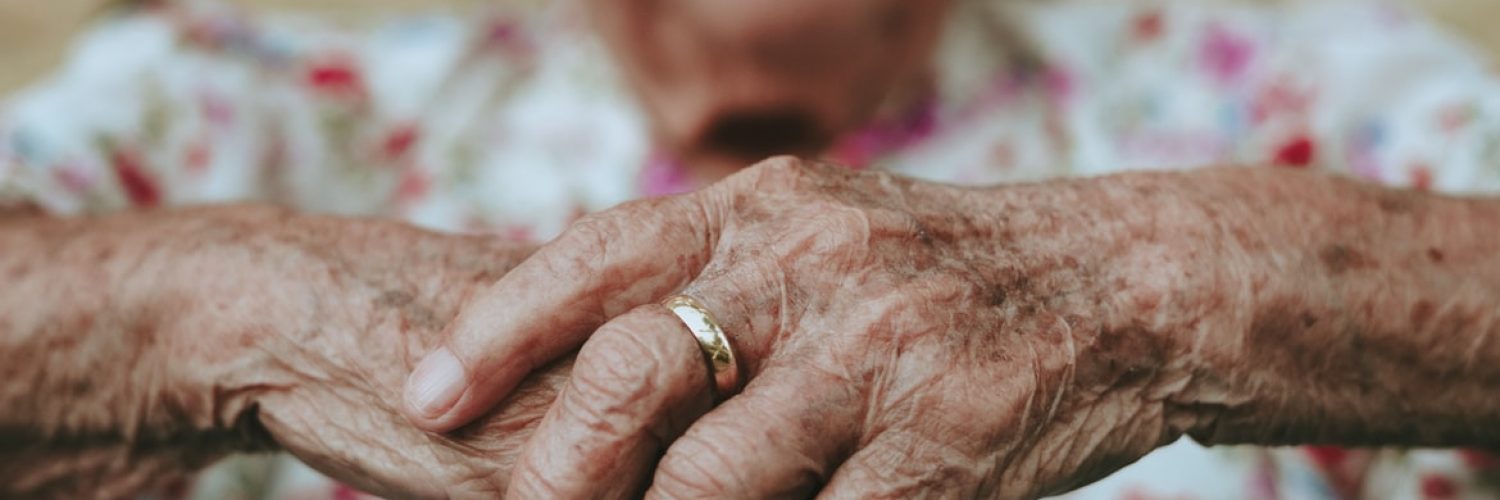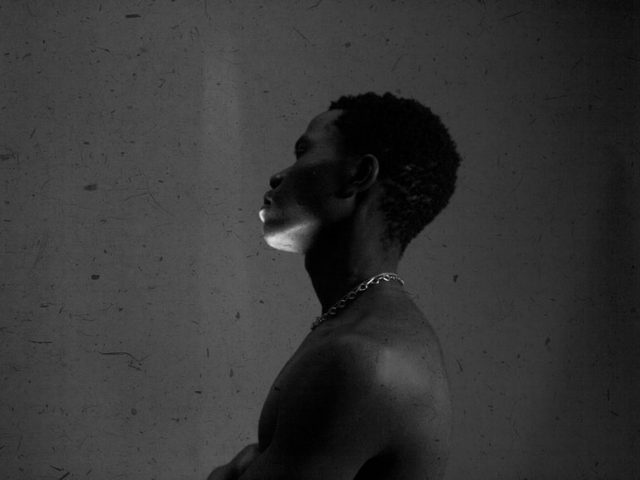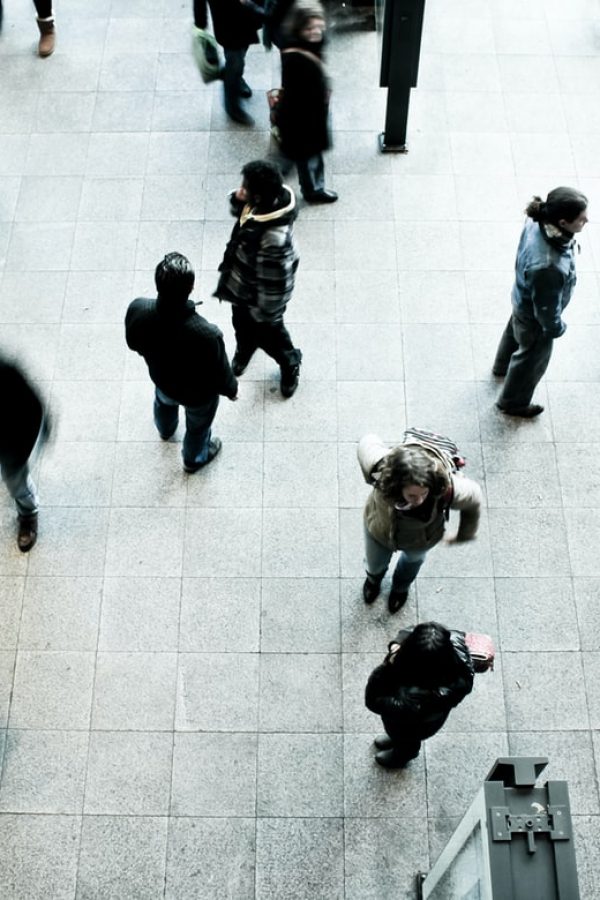
Considerations for Retouching
Portrait, Editorial, Commercial, Beauty, and Creative Retouching are some of the subject-specific disciplines that fall under the umbrella term “Retouching.” Each of these regions has its own set of issues when it comes to what “retouching” means when it comes to modifying the image in question. In other words, when editing an image in the “Portrait” category, the options and actions made will be different than when editing an image in the “Beauty” category.






